Bulk bags, often referred to as flexible intermediate bulk containers (FIBCs), provide a cost-efficient and inexpensive solution when it comes to material handling, storing, and transportation. Do you need a bulk bag? How do you determine the size you need? Bulk bags come in a range of sizes and dimensions as well as FIBC (Bulk Bag) specifications. Your bulk bag must be the right size for you, your material, and finally, your customer. Discover how to select the size of a bulk bag.
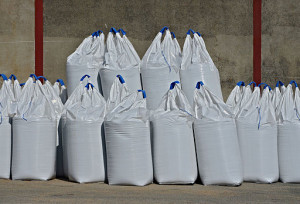 Consider the Material or Product
Consider the Material or Product
Let’s consider the following question. Which weighs more – one pound of feathers, or one pound of rocks? If you said rocks, you would have answered the question incorrectly. No matter how you look at it, one pound is one pound. It doesn’t matter if it’s rocks or feathers. They both weigh the same.
Low-Density Materials
The easiest way to determine if you have a low-density or high-density material is to determine its weight. It’s relatively easy to say that you need a bigger bag to carry one pound of feathers than you do one pound of rocks. You can probably carry a single pound of rocks in your bare hands. However, one pound of feathers requires a bag so big that it may require a truck to transport. Low-density materials weigh less, allowing you to choose a larger bag.
High-Density Materials
High-density materials weigh more. Therefore, your bag must be smaller. We’re not talking bags the size of shoe boxes. These are still bulk bags. If you have an unusually heavy product, you may want to consider a smaller bag. That way, the volume of the bag can handle more pressure per square inch without bursting or breaking.
Determine the Minimum and Maximum Dimensions
When you determine your bag size, remember that, when you transport it, the only part of the bag that is in contact with your carrier is the base of the bag. However, don’t neglect the fact that these are flexible bags. A properly filled bag will belly at the sides and increase your dimensions by up to 20 percent. You have the ability to prevent this – at an increased cost – by purchasing bags with internal baffles.
The Minimum Size
For this, you have to determine the minimum size of your carrier. In other words, where are you going to store the bag? How are you going to transport the bag? The only part of the bag that touches the carrier is the base. To ensure that your bags can fit inside your carrier, the width or length of your bags (whichever is longer) must be shorter than the capacity that your carrier can handle. For example, if the internal width of the tractor-trailer is 96 inches and you plan on putting two bags side-by-side, then the width of your bags must be shorter than 48 inches. If you put two 48 inch bags side-by-side, you will get 96 inches. Anything longer than that and your bulk bag and its dimensions will not fit in the trailer.
The Maximum Size
Now that we have the minimum size, we can use this to determine the maximum size. Take the figure for the width and add it to the value for the length. Multiply this number by two and divide by pi (3.14159) and you will have the diameter of the filled bag. For example, if your width is 34 inches and your length is 41 inches, you can add these two together to get 75. Multiply 75 x 2 and you get 150. If you divide 150 x 3.14159, you get 47.75. The diameter of the filled bag will not exceed 47.75 inches. If you plan on putting two bags side-by-side, it will be less than 96 inches – but only by one-half of an inch. It will barely fit, and it may give you a little bit of trouble.
Other Design Features to Consider
There is no standard when it comes to designing your bulk bag, including a super sack. However, there are other design features to consider depending on how you handle the material.
Lifting Loops
Lifting loops come in all sorts of sizes. Usually, the lifting loops are designed to go around the tines of a fork on a forklift. They usually hang loose on the side of the bag until they’re ready to be used. When they are used, they need an overhead clearance.
Filling Inlets
How do you intend on filling the bag? The filling inlet is usually on the top of the bag and can help you determine the size of the bag. When you fill your bag, never fill it 100 percent. Only fill it up to the 90 percent capacity line. This allows you to close your filling inlet completely.
Discharge Outlets
The discharge outlet is how your customer will empty the bag. Often times, the discharge outlet is held close with a drawstring. If you’re transporting packing peanuts, you may wish to have a large discharge outlet. However, if your product requires precise measurements, a smaller discharge outlet with a more controlled release may be necessary.
Thank you for reading our blog! How can we help you? Contact us today.

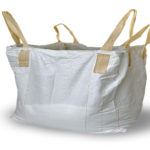
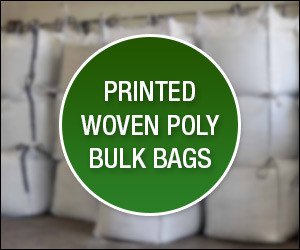

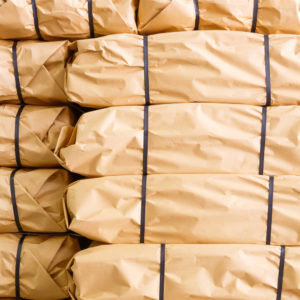
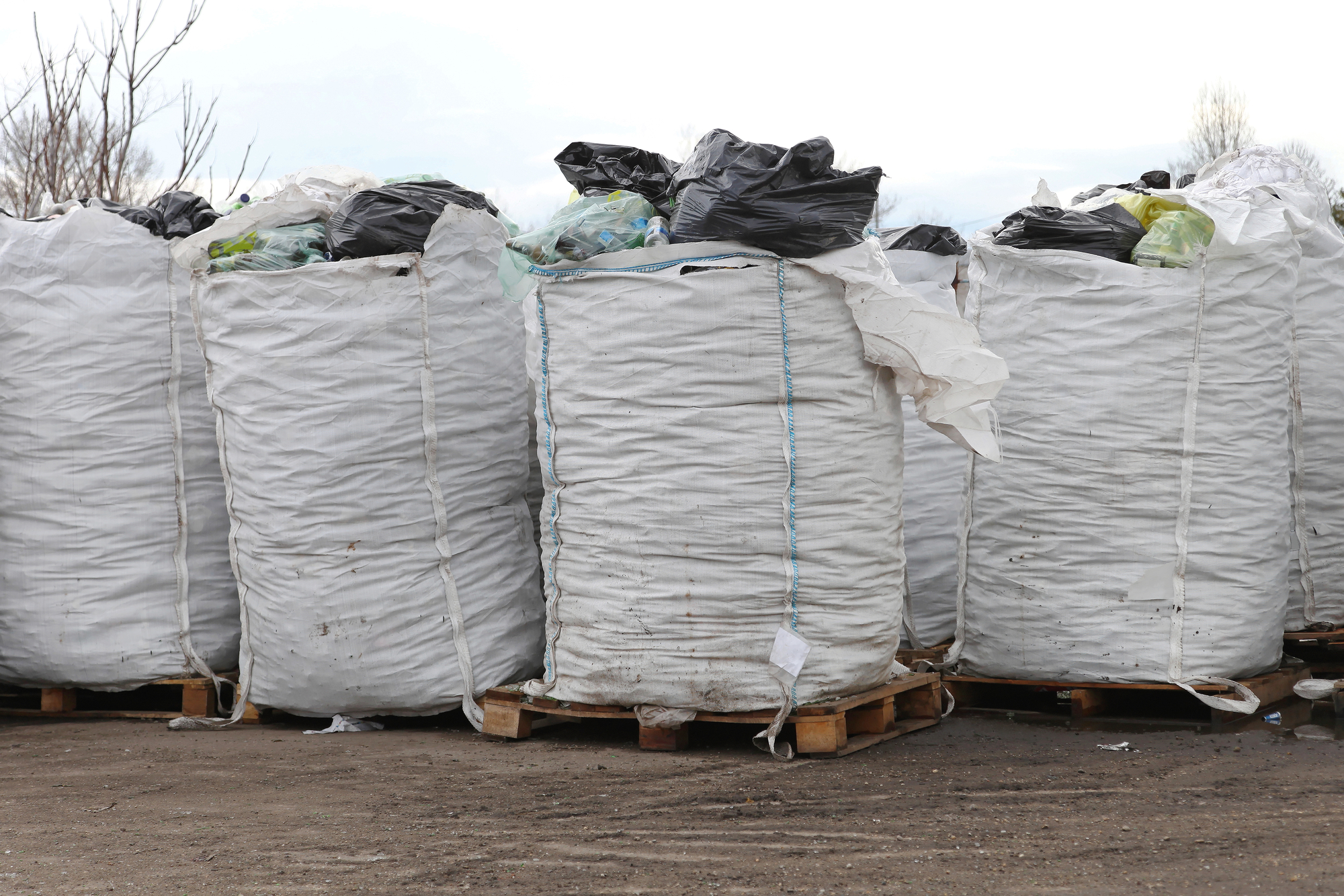
Sorry, the comment form is closed at this time.